Ertach Kernow - Quethiock, a Cornish community destroyed in an afternoon
This week we visit the parish of Quethiock or in Cornish Gwydhek, locally pronounced Gwithick. This is a parish with a relatively small population of just 443 people according to the 2011 census, less than the 587 persons in the 1801 census that just counted people. Throughout the ages Quethiock has primarily been a rural agriculturally based parish with fertile land crisscrossed by country lanes.
Many years ago, I visited Quethiock as one of my grandmothers had lived there briefly in the small settlement of Coombe along with her parents and two sisters. It was here that her mother, my great grandmother, died aged just 38 in 1907. I thought to visit St Hugh’s church and cemetery where she was buried and found a lovely churchyard full of wildflowers and a very interesting church.
It was on 14th August 1919 that everything changed in Quethiock parish. The local landowner William Coryton who owned virtually all the farms had died and the estate along with all the farms were being auctioned off. At the Royal Hotel in Plymouth a large gathering of farmers had gathered most hoping to buy their farms, often having been farmed for generations by some families. Besides the farms the local public house ‘The Masons Arms’, Post Office, Blacksmiths, Carpenters shops and a multitude of other shops, premises and smallholdings were up for sale.
The auction was described as cutthroat. The normal Cornish custom of not outbidding a sitting tenant was ignored and using government money Cornwall County Council hoovered up the best farms. A riot was narrowly averted and ultimately only nine sitting tenant farmers out of 28 had managed to buy their farms. Nine of the largest and finest farms had been bought by Cornwall County Council and ten by farmers outside the parish. Besides the larger farms there were sixteen smallholdings with anywhere between one and nineteen acres. These were mostly occupied by those with other occupations such as Francis Snell who was also the publican at The Masons Arms. The happy self-reliant parish community was devastated and from feeling secure in their homes for generations and working the land its people were virtually totally dispersed.
What of the history of this community that Cornwall County Council had helped to destroy in one afternoon? The history of this area is recorded back to the time of Domesday in 1086 where three manors are mentioned. None of these, being part of the future Quethiock ecclesiastical parish, were large. Hammett (Hamet) Leigh (Legea) and Penpoll (Penpau) in total amounted to only about 30 households made up of smallholders, villagers and slaves. These were under the control of Tenant in Chief Robert of Mortain, half-brother of King William, the Conqueror.
As with many smaller parishes throughout Cornwall the history of the parish and communities are tied to the fortunes or otherwise of the local landowners. Where these landowners were successful financially and in begetting sons the land passed down through the generations. Where there were daughters there was often changes and mergers with other estates sometimes far away. The historic manor of Penpoll for instance was at one time was in the ownership of the Tregain family of Golden in Probus, mentioned in an earlier Ertach Kernow article. Francis Tregain lost his lands due to his religious beliefs and the barton as it was then termed was purchased by the Helyar family of Newton Ferrars, Devon. In turn through marriages, it would become part of the Coryton estate. Another fortunate marriage added further land by way of the manor of Trehunsey becoming owned by the Coryton family.
The Coryton family who owned the estate prior to its breakup and sale in 1919 had owned land in Quethiock parish for centuries, following the arrival of Jeffrey Coryton around 1242. He married the Ferras heiress of West Newton in the adjoining parish of St Mellion, Newton Ferras House thereby becoming the Coryton family seat. This explains why although the major landowner throughout Quethiock parish, burials of the Coryton family traditionally took place in the adjoining parish at the church of St Melanus in the village of St Mellion. Many memorials going back centuries can be seen there. The Coryton baronetcy became extinct in 1790 due to the lack of a male heir and after a court case Peter Goodall a second cousin took control of the estate changing his name to Coryton, his grandmother’s maiden name.
Again, a fortunate marriage of Peter’s son John with Mary Jemima Tillie heiress of Pentillie Castle led to a change of residence to Pentillie where the family would continue to live to this day. Mary Jemima’s great grandfather Sir James Tillie, born 1645 began life humbly and became an agent for Sir John Coryton. On his sudden death Tillie married Sir John’s widow Elizabeth, dividing the estate and building Pentillie Castle, completed in 1698. The estate was reunited through the marriage of John Coryton, heir of the Newton Ferras estate and Mary Jemima Tillie heiress of the Pentillie estate.
There is usually an eccentric somewhere in historic family lines. In this case Sir James Tillie. On his death in 1713 he had arranged for himself to be dressed in his best clothes, bound to a stout chair and placed with his books, wine and pipe in his favourite folly on the estate, awaiting resurrection. Research and archaeological investigations have now uncovered the truth behind the legend. In 2013 work on the folly, or perhaps better mausoleum, discovered a hidden chamber with human remains in a coffin and remnants of an 18th century chair. It would appear that faithful servants continued to visit Sir James’ body bringing food and wine until eventually the horror of attending his decaying corpse caused them to placed him in a coffin. Sir James’ family then had a marble statue carved of Sir James sitting in his chair put in his place. The room remained sealed with the secret intact for 300 years. The statue has been restored, whilst Sir James himself remains within his mausoleum where he has rested since his death.
The later descendants managed the land and properties well throughout the 19th century, until death duties caused the final breakup of the Quethiock parish estate. They were known to be good landowners to their tenants and were well respected and liked.
Other buildings of interest in Quethiock parish include the historic Grade II listed alms-house, now known as the Maids House, that was built by William Coryton around 1630. This is one of only thirteen alms-houses left in Cornwall. This was built for poor widows and originally two cottages, which were restored and converted into one dwelling between 1970-1980.
The original Norman Church was constructed in Quethiock about 1288, dedicated to St Cadoc as had been the earlier smaller Celtic church, along with the Celtic cross erected about the 9th century. The cross was lost for a number of years, but discovered in 1881, thought to have been hidden during the Reformation to prevent its destruction. The present church was rebuilt between 1344-1346 and is as it is today. but with a small porch on the south and a north isle added during the 15th century. The church has a rather unique tower rising up from its roof. There are a number of memorials in the church to past 15th century landowners the Kyngdons and Chivertons, whose manors in time would pass to the Coryton family. As with most historic churches religious upheaval and direction from the reigning monarchs beliefs would lead to removal of rood screens, evidenced by stairways to nowhere and the whitewashing of walls destroying any pre-Reformation artwork.
Researching this article answers a question I asked back in 2013 when visiting Quethiock. Fancying a bit of lunch, I wondered where the local pub was. Now I know, sadly the Masons Arms closed in 1920 the result of the breakup of the Coryton estate.
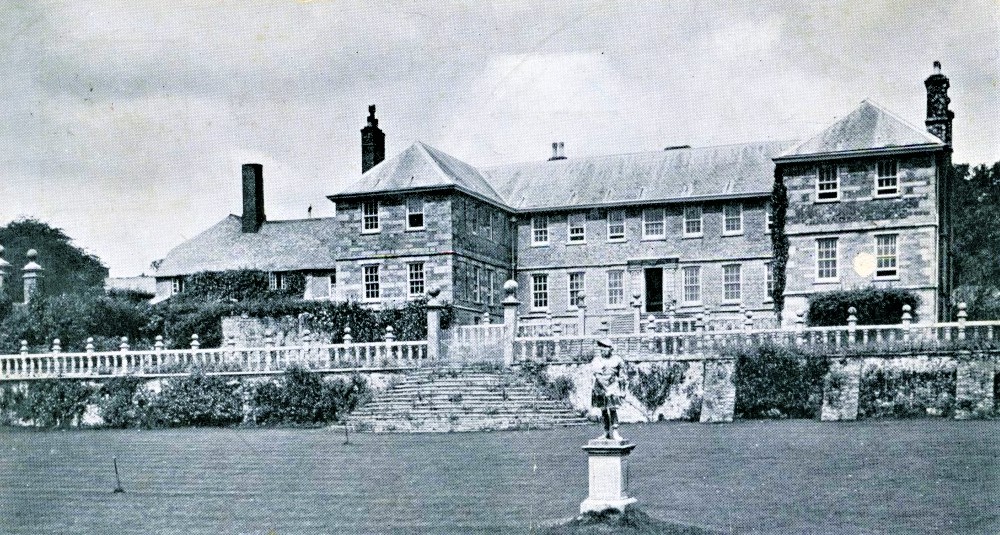
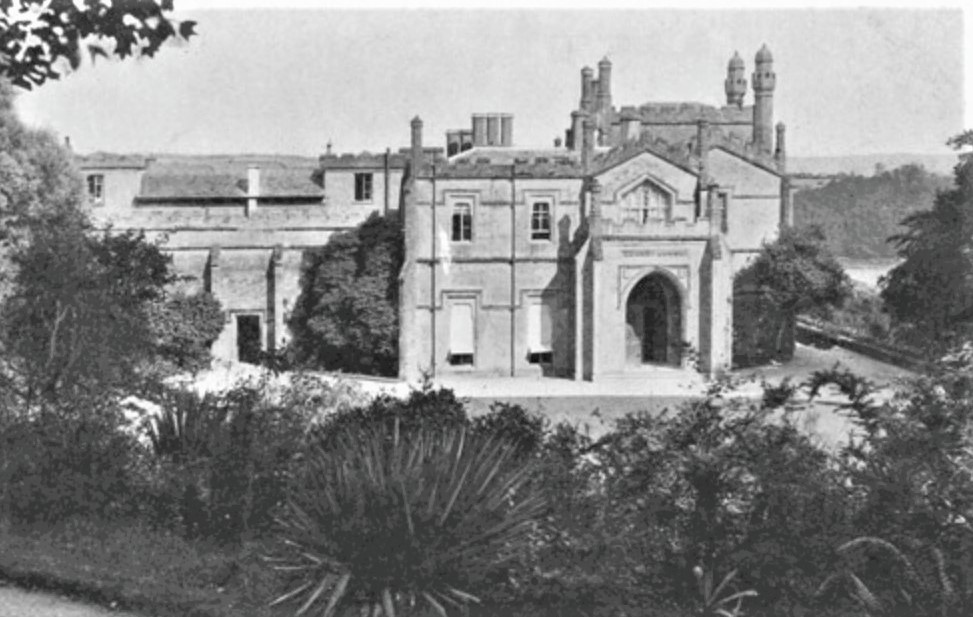
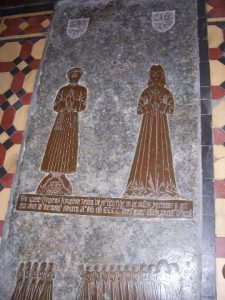
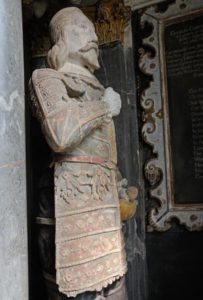
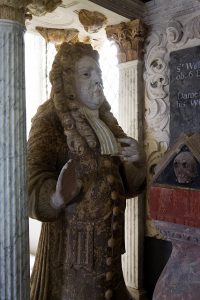
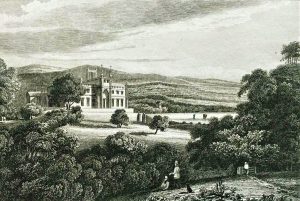
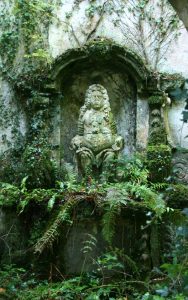
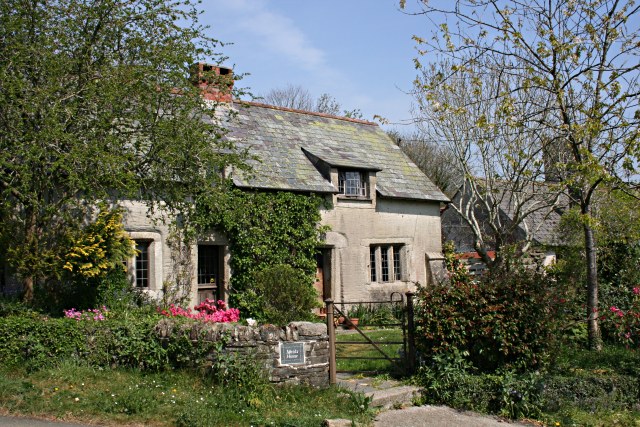
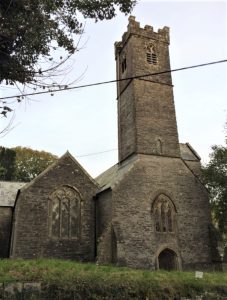
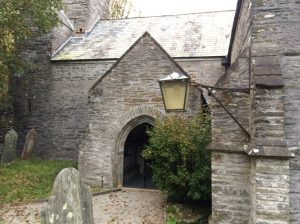
![[73] Voice - Ertach Kernow- 171121A Destroyed in one afternoon [S] Quethiock, a community destroyed in one afternoon](https://www.cornwallheritage.com/wp-content/uploads/2021/11/73-Voice-Ertach-Kernow-171121A-Destroyed-in-one-afternoon-S-228x300.jpg)
![[73] Voice - Ertach Kernow- 171121B Destroyed in one afternoon [S] Ertach Kernow- Quethiock, a community destroyed in one afternoon](https://www.cornwallheritage.com/wp-content/uploads/2021/11/73-Voice-Ertach-Kernow-171121B-Destroyed-in-one-afternoon-S-230x300.jpg)
![[73] Ertach Kernow Heritage Column - 17th Month 2021 - Heritage in Education Ertach Kernow Heritage Column - 17th November 2021 - Heritage in Education](https://www.cornwallheritage.com/wp-content/uploads/2021/12/73-Ertach-Kernow-Heritage-Column-17th-Month-2021-Heritage-in-Education-258x300.jpg)